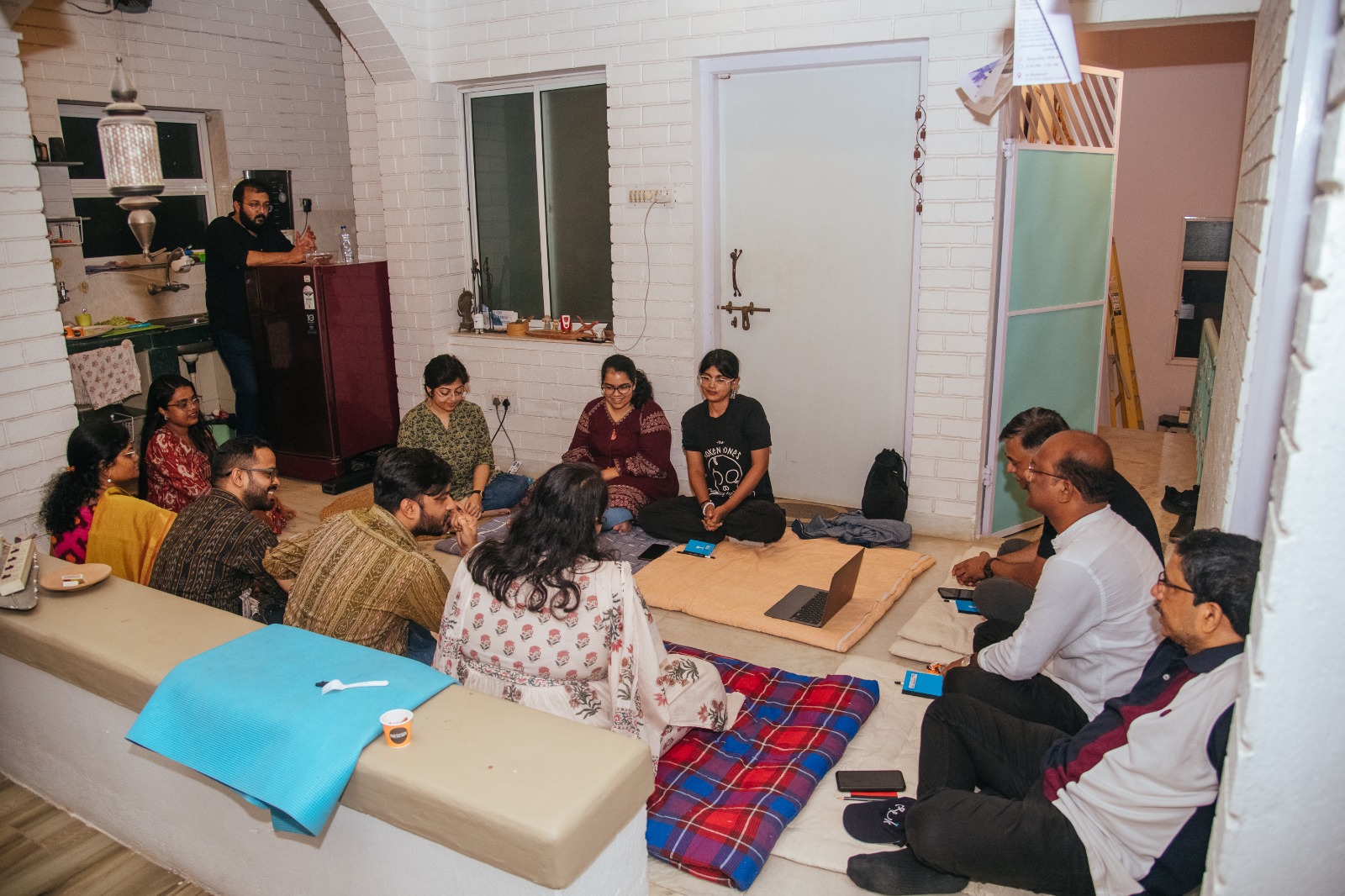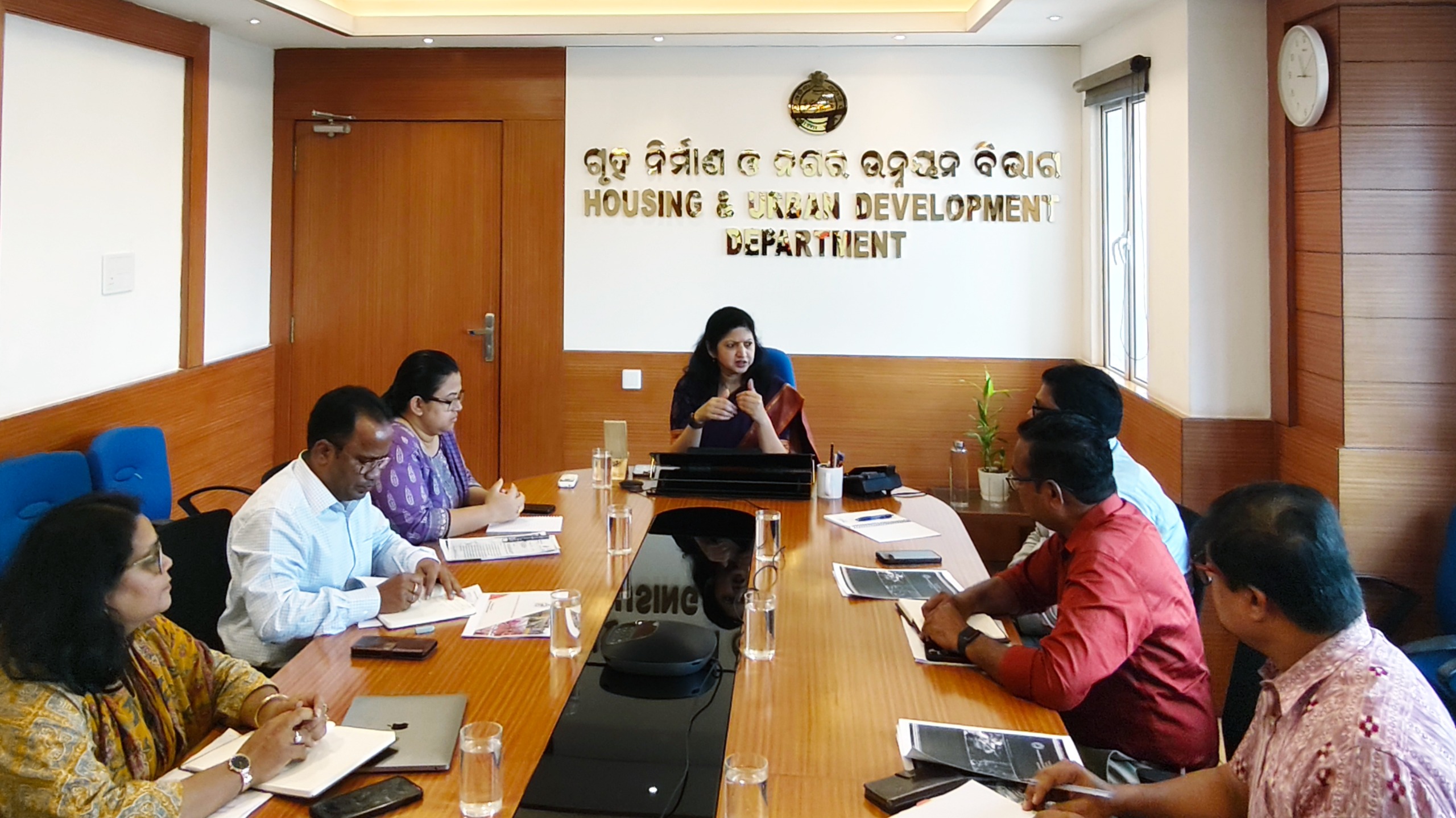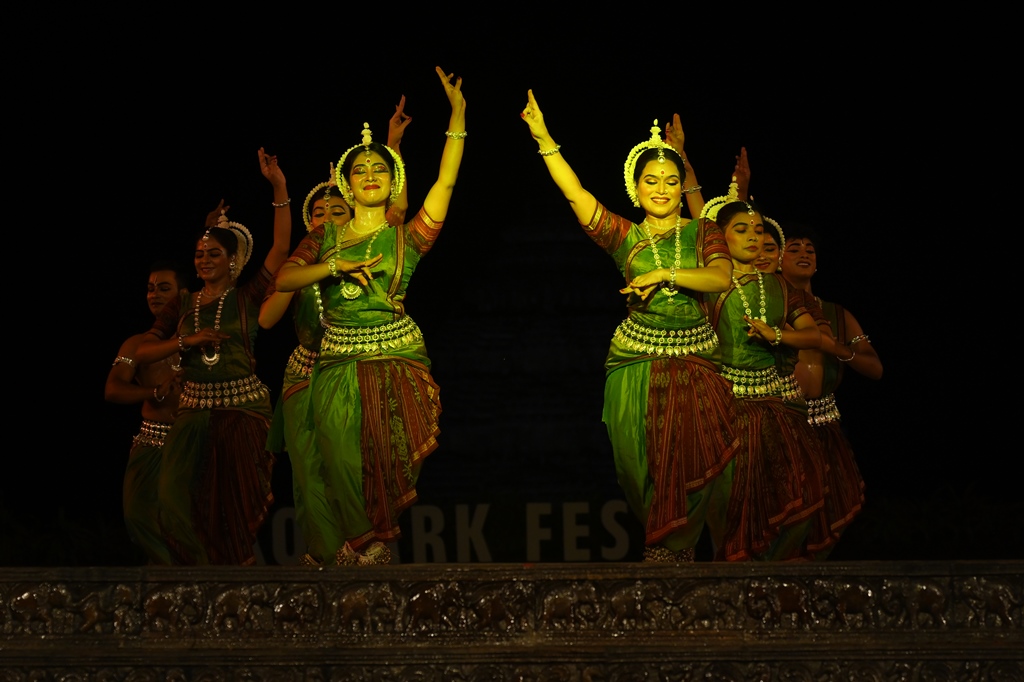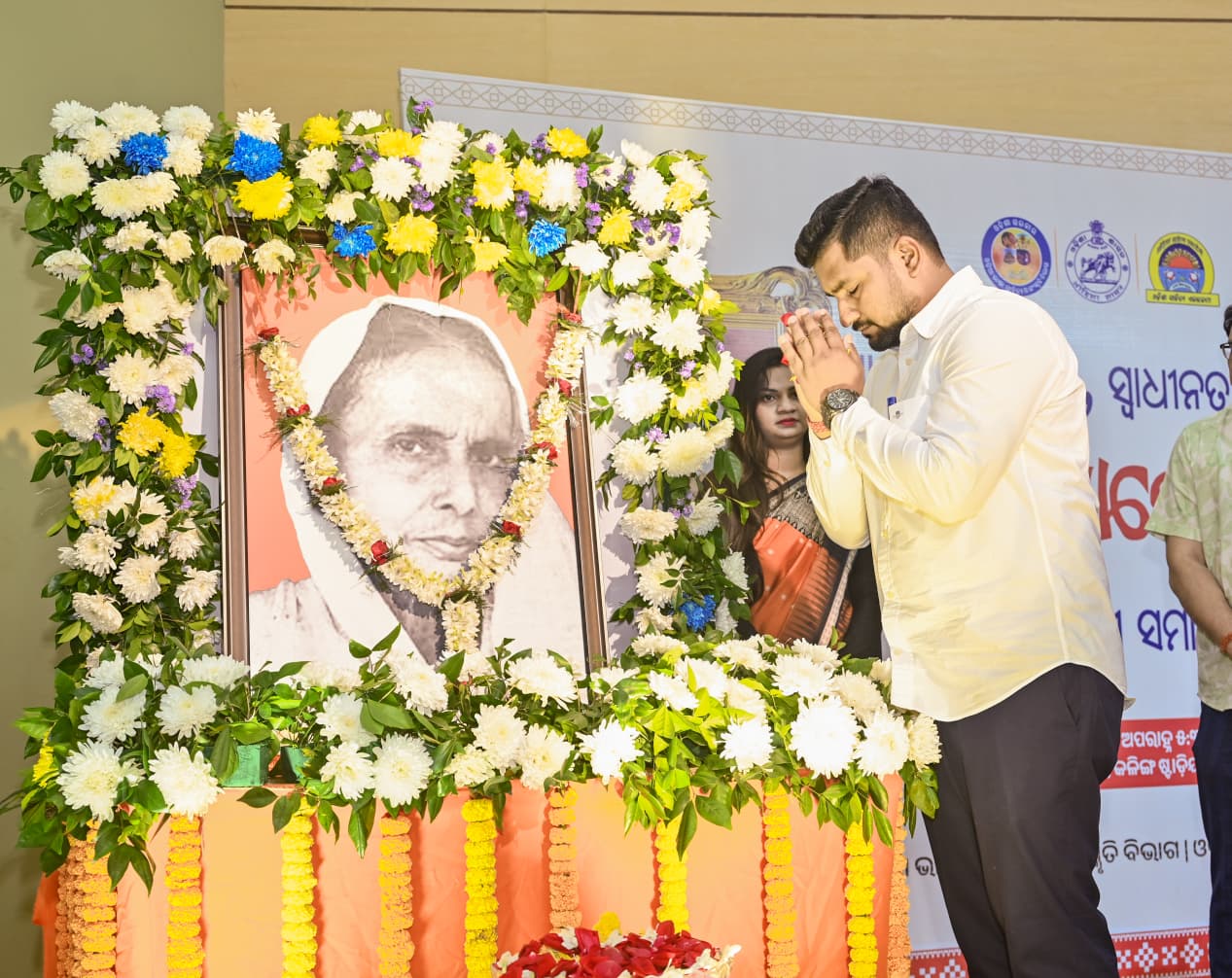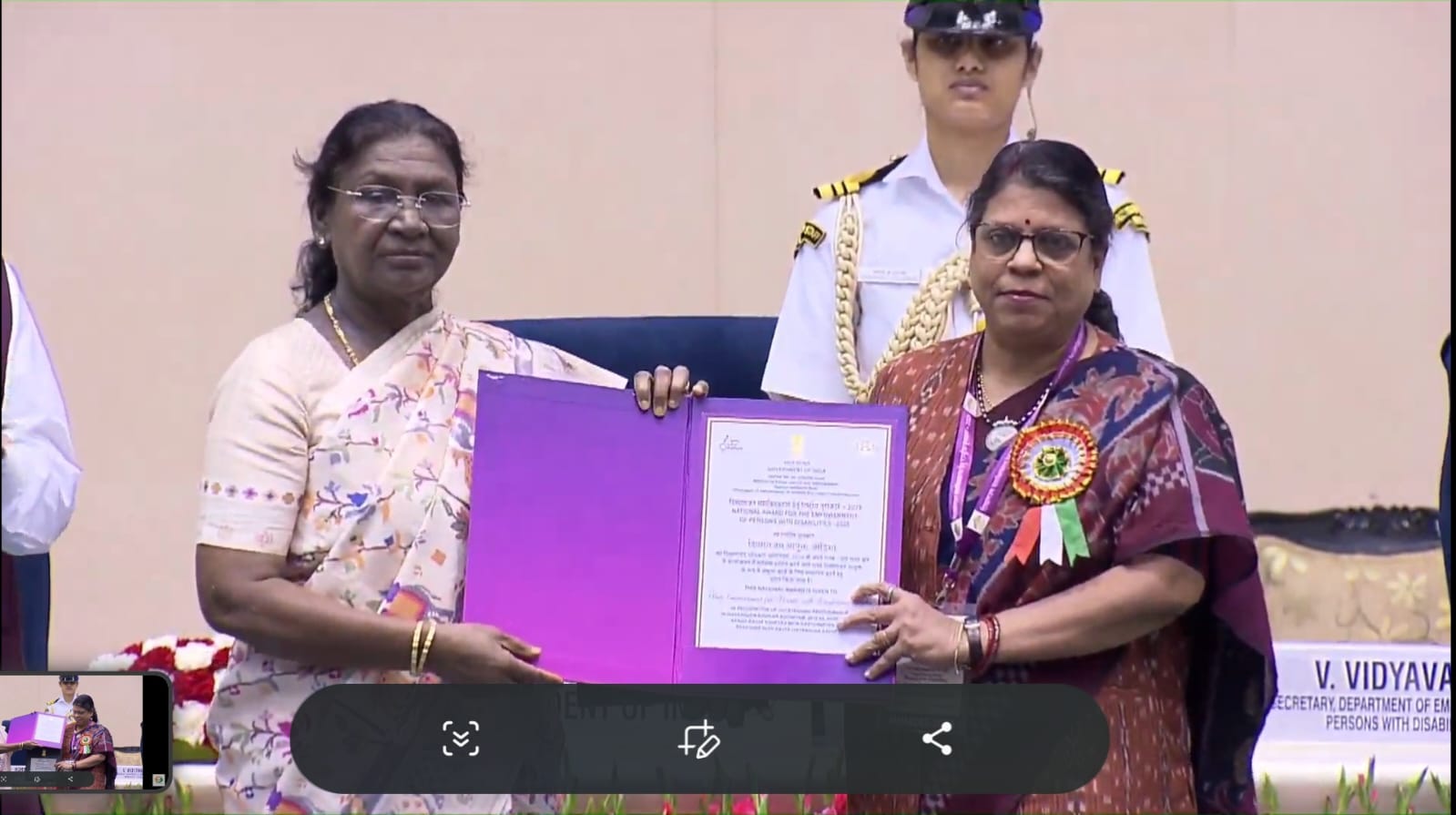Bhubaneswar: Identity is transient, nonlinear, and multifaceted—a mosaic of experiences, histories, and imaginations. When discussing Odia identity, it’s essential to look beyond inherited traditions and explore its evolving nature within a diverse state like Odisha, where people of various castes, faiths, and communities coexist.
This was the central theme at the first Odisha Manaska (ଓଡ଼ିଶା ମନସ୍କ): Odisha on My Mind circle, hosted by All Things Odisha, which took place on Saturday evening at the In-Between Centre in Palaspali. The event, attended by individuals from different age groups and backgrounds, focused on redefining what it means to be Odia in today’s world. Not only people who are born and brought up in Odisha but also those working or professionally engaged in the state and Odias residing abroad also took part in the circle.
The discussion centered on Odia identity as it was in 1936, when Odisha became a separate province, and how it has evolved since then. Participants, representing a spectrum of ages and walks of life, shared their thoughts on the significance of Odia identity, why it is important, and how it can be reimagined for the future.
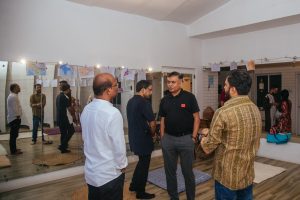
A key takeaway from the discussion was that Odia identity is not static but a dynamic concept, constantly influenced by our imaginations and the multiple identities we carry. The conversation questioned whether Odia identity is confined to a geographical area or transcends physical boundaries to become an integral part of our self-identity. The consensus was clear: Odia identity is a product of lived experiences, histories, and ongoing reinterpretation.
Participants also reflected on the importance of reexamining Odisha’s history and the need to redefine Odia identity over time. The notion of “Atita hni Astitwa” (our past is our identity) was discussed, with an emphasis on the idea that while history shapes us, it should not be the sole determinant of who we are. Instead, Odia identity should be an evolving concept, open to adaptation in response to the changing world.
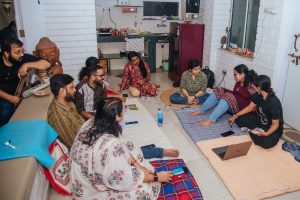
PC: Sabyasachi & Team
One significant point raised during the circle was the lack of mainstream representation of women and marginalized communities in the formation of Odisha’s identity. Concerns were voiced over how many Odia parents shy away from introducing their children to the Odia language, leading to a weakening of cultural ties. The discussion served as a reminder to revisit Odisha’s rich history and culture, emphasizing its relevance in today’s context.
Odia identity, participants argued, is not singular but a spectrum, much like an “Indradhanu” (rainbow), encompassing diverse experiences and perspectives. However, many people today feel disconnected from their cultural roots, often refraining from associating with anything Odia. The circle urged participants to explore the “why” behind their Odia identity and to embrace it with pride.
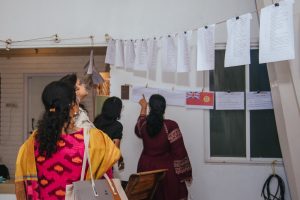
PC: Sabyasachi & Team
The discussion also touched on how identity is often imposed upon us, inherited from our ancestors. However, there is a growing need to consciously shape and redefine this identity, particularly in a state as welcoming as Odisha, which has so much to offer the world.
Key carriers of Odia identity, such as food, environment, and climate, were acknowledged, but it was stressed that this identity should extend beyond food and festivals. It must include other aspects of lived experiences, remain inclusive, and promote non-violence. Additionally, there was a call to link Odia identity to broader socioeconomic outcomes and to create greater awareness of Odisha’s history and the key figures who have shaped it.
In conclusion, the circle highlighted that Odia identity is a nuanced, evolving concept requiring continuous introspection and redefinition. It is not just a relic of the past but a living, breathing entity that must adapt to the present and future, ensuring that the richness of Odia culture continues to thrive in a rapidly changing world.

